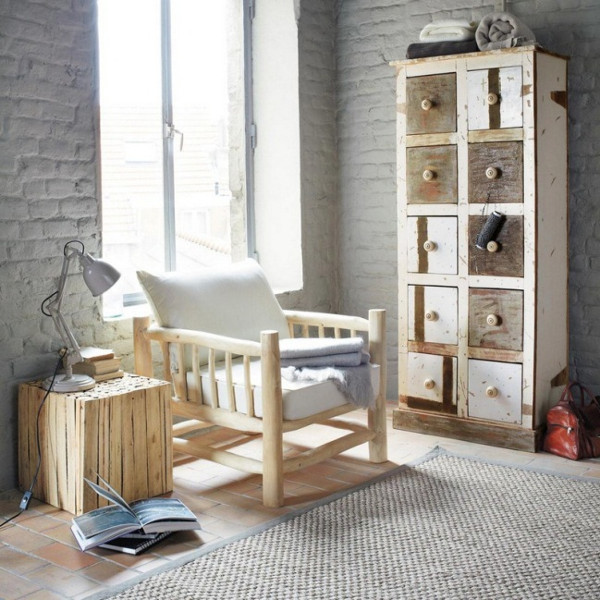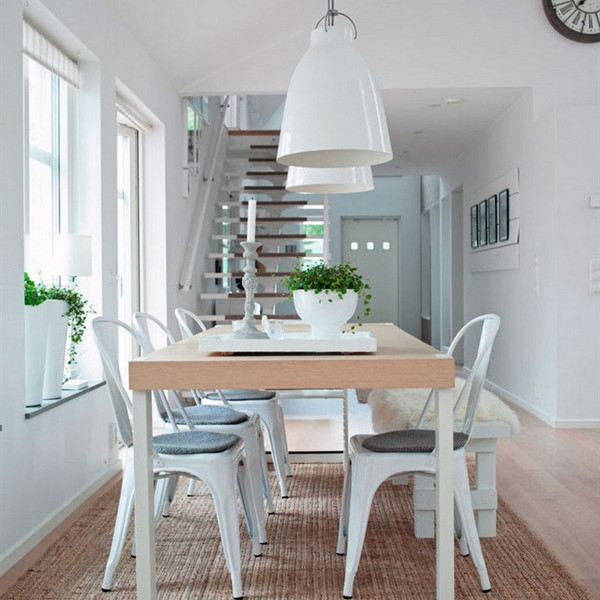Team, innovation and quality are the three pillars on which any competitive company must built for pursuing success and development in our sector. At Alarwool we appreciate the value of craftsmanship, especially if it is innovative and quality. Our design team is up to date with the latest innovations offered by the market and they travel to the most remote places on Earth searching for trends, new techniques and materials
to be incorporated to our library and product range.
We also have a strong commitment to those countries that are more disadvantaged, to which we try to contribute our bit to help the development and growth of their textile companies in which the human factor is essential and indispensable.
DISTRESS AND PATCHWORK RUGS
Carpets of the “distress” and “patchwork rugs” type are obtained out of old hand-made rugs from Pakistan, Turkey, India or the Middle East. Generally, they are classified according to the region they come from and are almost always geometric, curvilinear or floral landscape designs.
Each city, town or culture has its own traditional designs, which were expressed in the carpets, almost like a brand or logo. They are made of natural materials such as wool, cotton or jute and some of them may be up to 60 years old. In addition, each piece is unique and unrepeatable, which makes them highly unique and valuable.
There are “collectors” who travel thoughout these areas to rescue these old relics which are taken to different villages where, after being washed, are left to dry in the sun for up to two months.
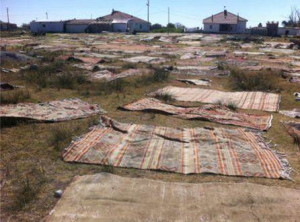
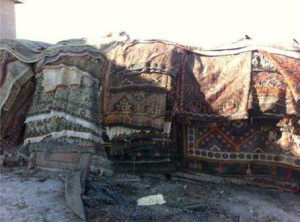
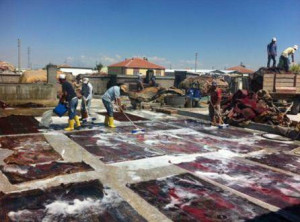
Once the carpets are clean and ready, they can be worked on, making beautiful patchwork or selling them, just as they are, as vintage products.

Another option is to subject them to various chemical treatments and eliminate up to 90 % the original colors of the carpet, of which only the darkest ones will remain. On this result, we can dye again, but this time with trendy and vibrant colors like blue, turquoise, pink, etc. The result is simply spectacular.
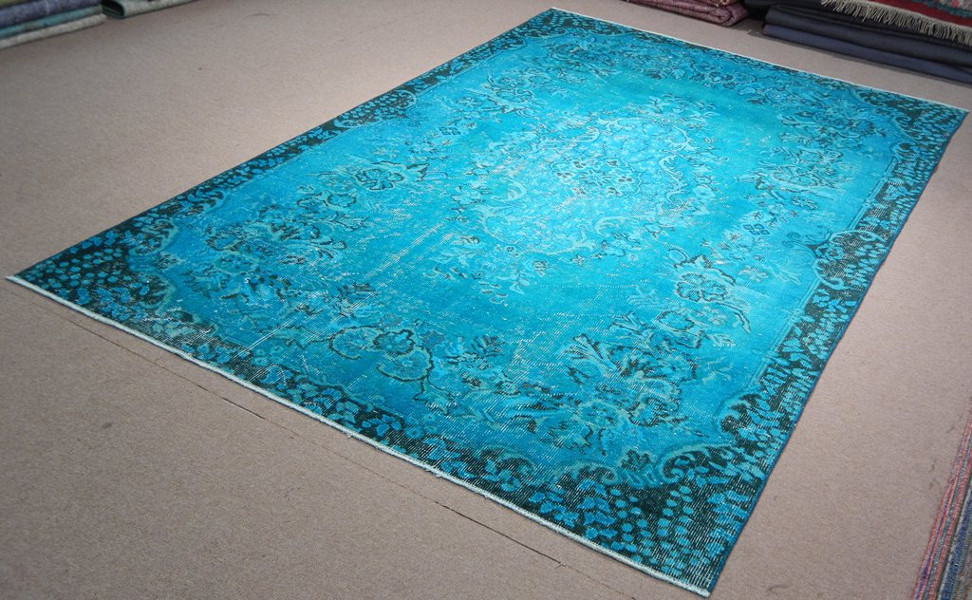
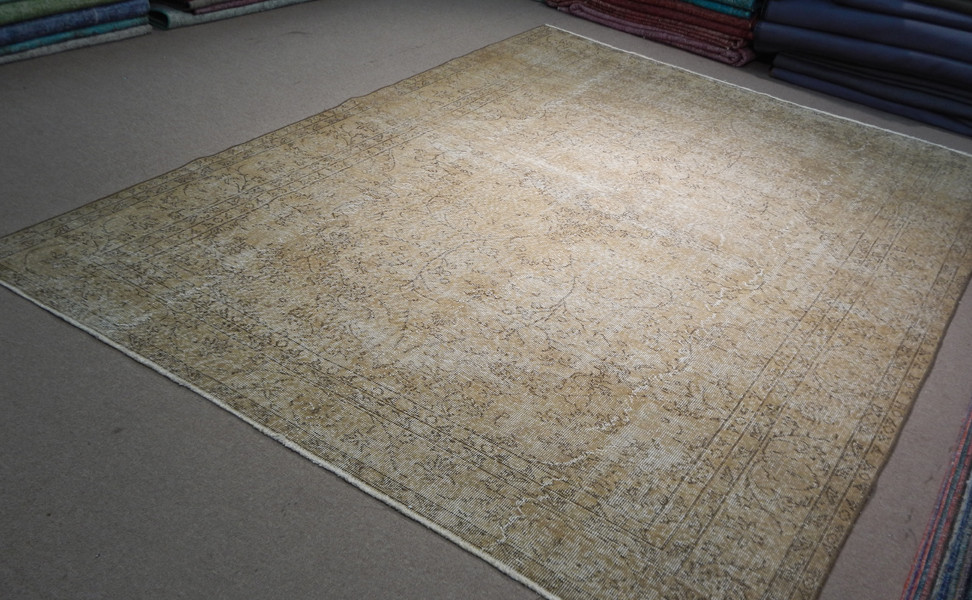
CHINDI RUGS
These cotton carpets woven on handloom come mostly from India and are 100 % organic since in the manufacturing of them remnants of the textile industry are used. Besides being light and very colorful, they are reversible and highly versatile, adapting easily to all corners of our homes.
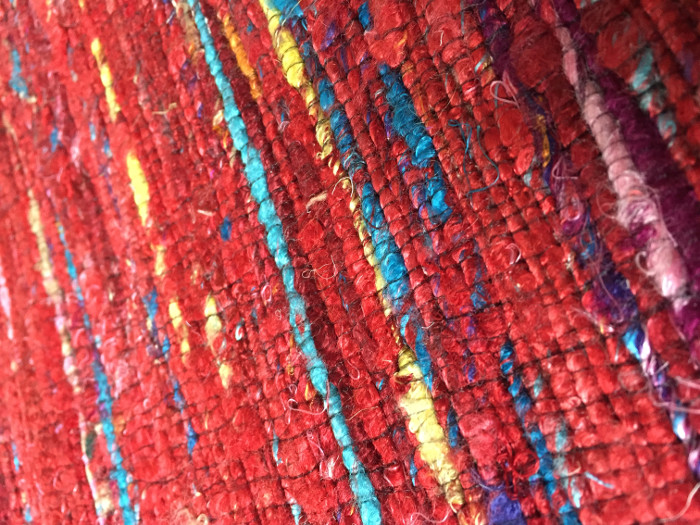
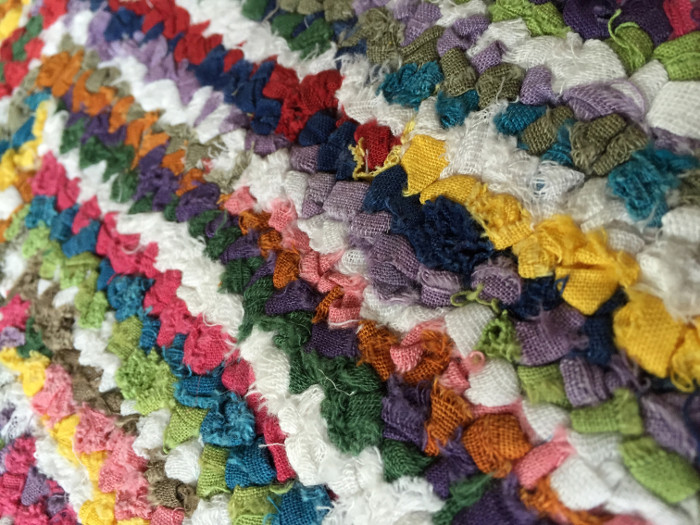
The best known version of this type of carpet is the linear multicolor one. However, in recent years innovating is being carried out in weaving and materials to offer more original and contemporary products. An example of this is the Chindi carpets made with leftovers of denim fabrics.
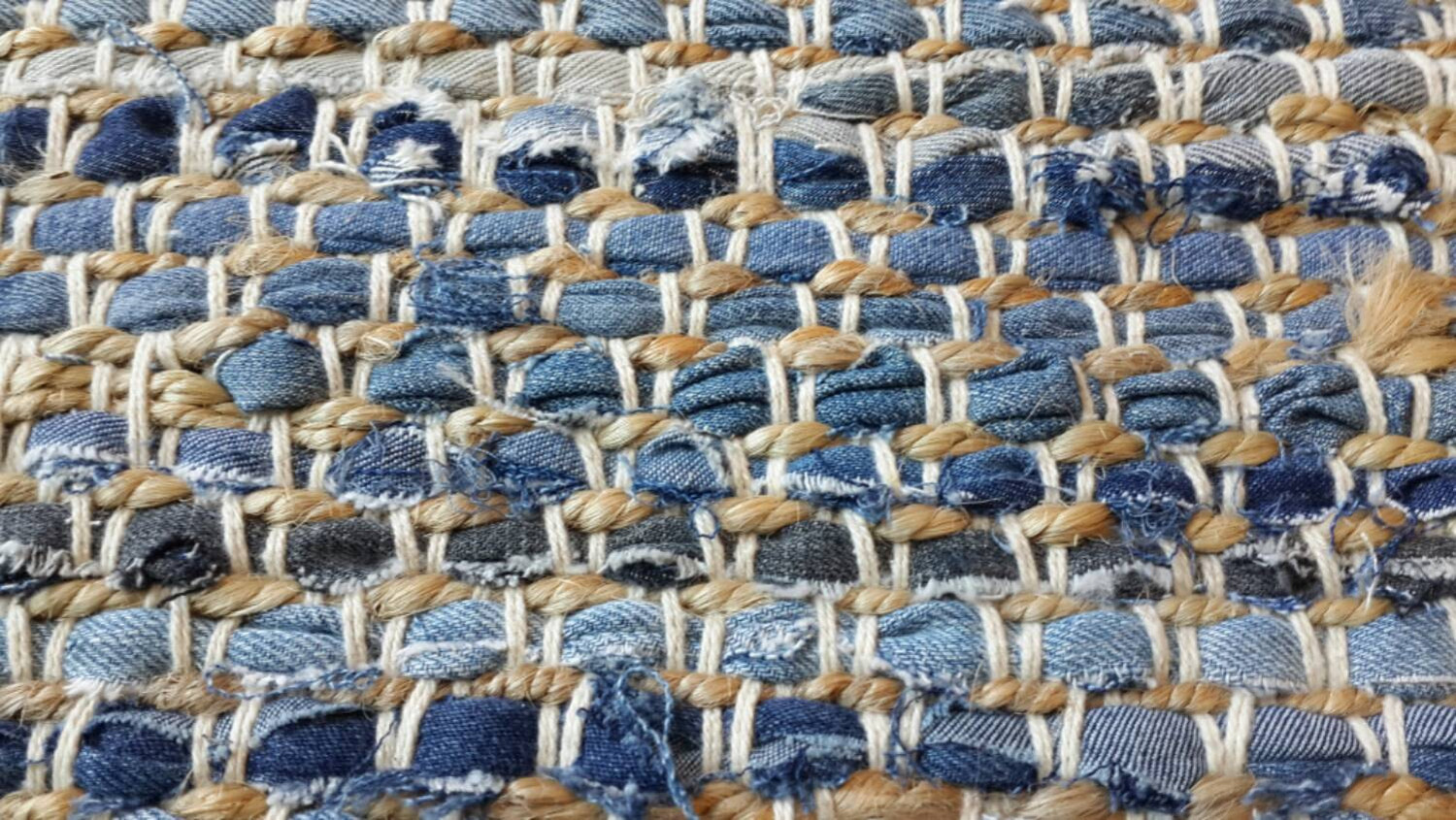
SISAL CARPETS
Sisal, or henequen in the Mayan language, is a plant used for commercial purposes, grown in semi-arid regions. It is primarily the fiber of the leaves that is used, being especially processed to make ropes, sacks, cloth, and of course, carpets.
Originally from Yucatan, Mexico, it got its name because the port from which it was exported to the world is called Sisal, which in the times of splendor of the henequen agribusiness in Yucatán was the main port in the region, now replaced by Puerto de Progreso.
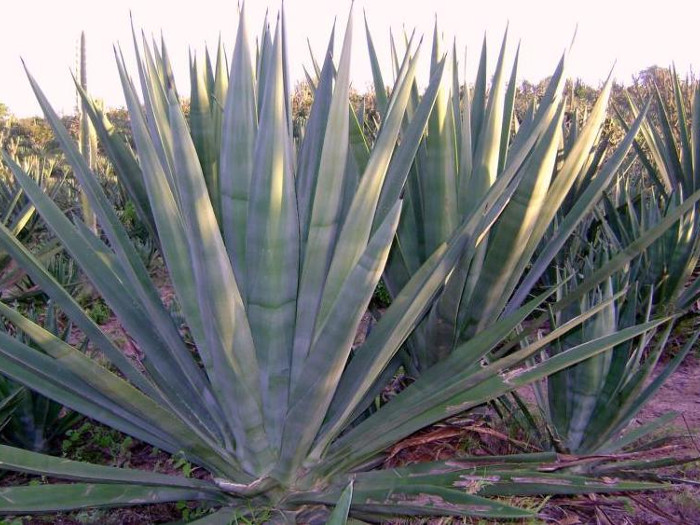
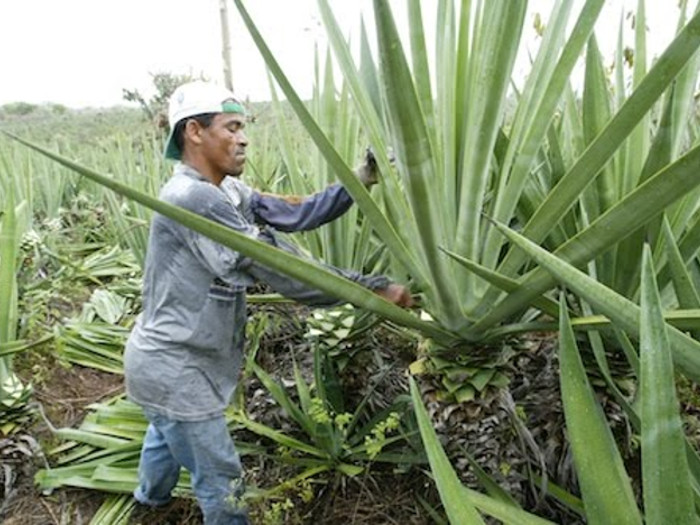
Sisal carpets are usually light in color like beige or bone. They are among the strongest in terms of natural fibers. Easily maintained and cleaned, they are also ideal for people allergic to dust as it is caught between the fibers, therefore preventing it from becoming airborne. They offer good fire resistance in addition to absorbing noise. Its durability makes them ideal for entrance or passage areas and even outside areas.
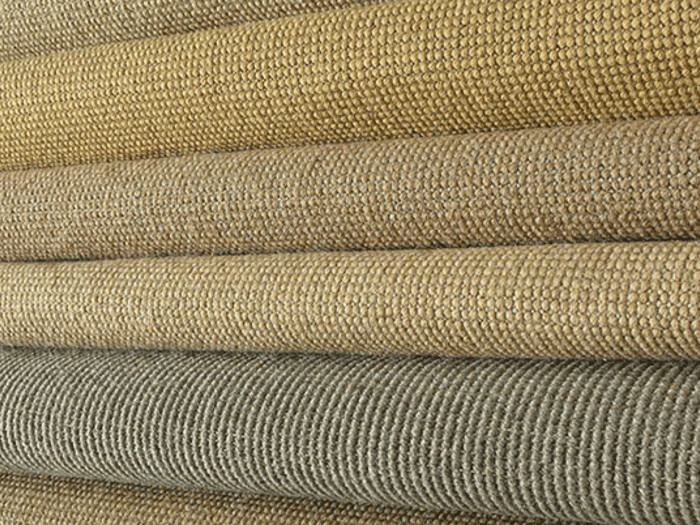
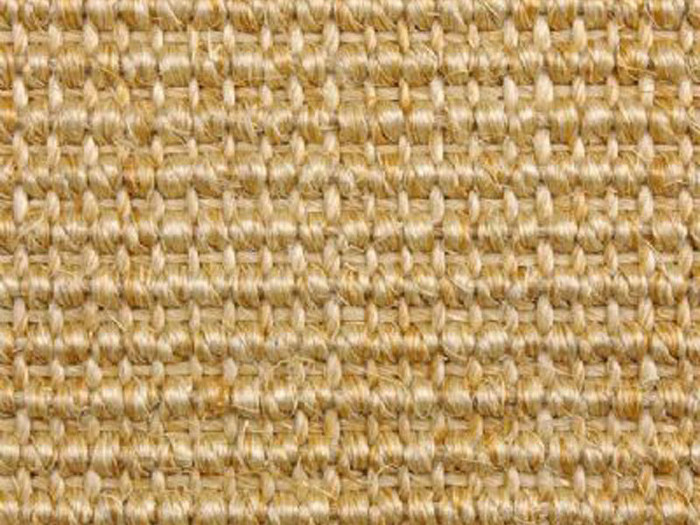
This type of natural carpet has been used since ancient times and their resurgence in popularity is due to the need to create spaces where natural elements are taking relevance.
Their resistance, their neutral tones and knotted texture make them ideal candidates for any decor without ever really becoming outdated.
